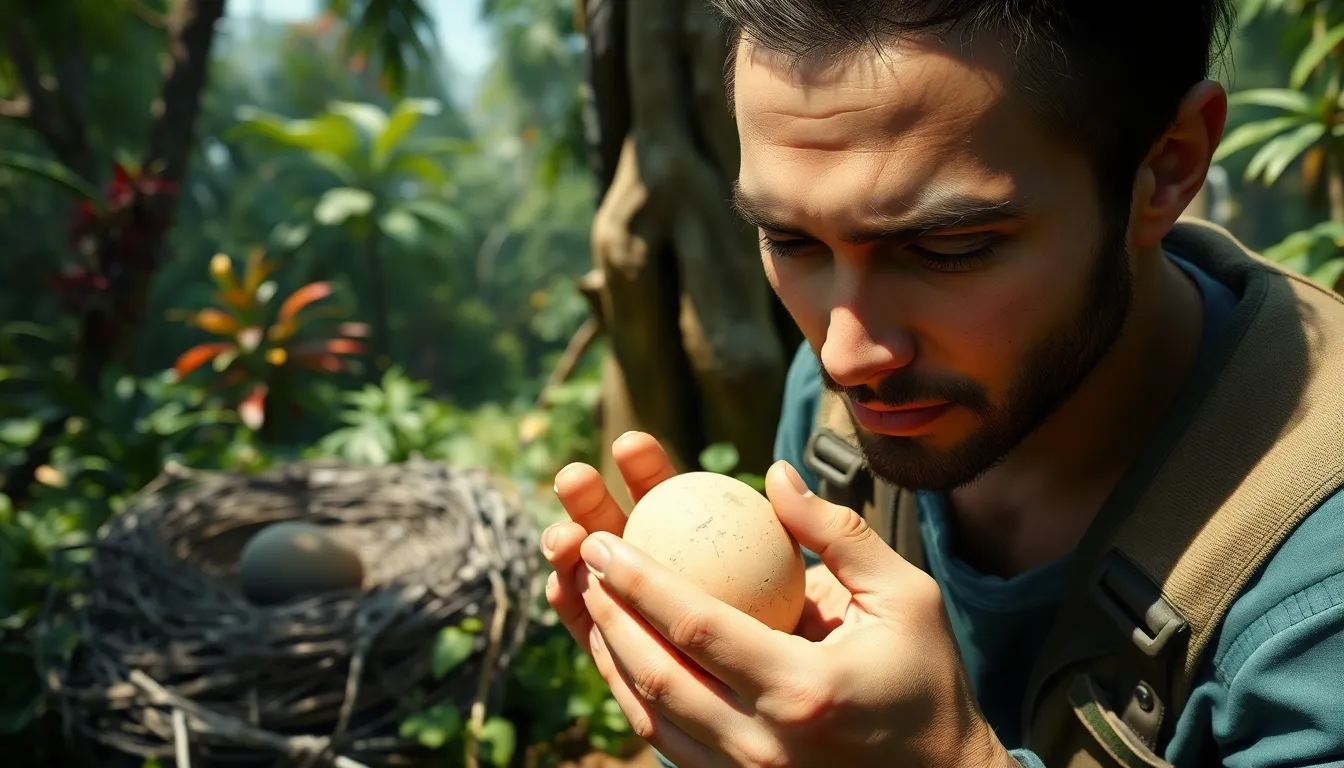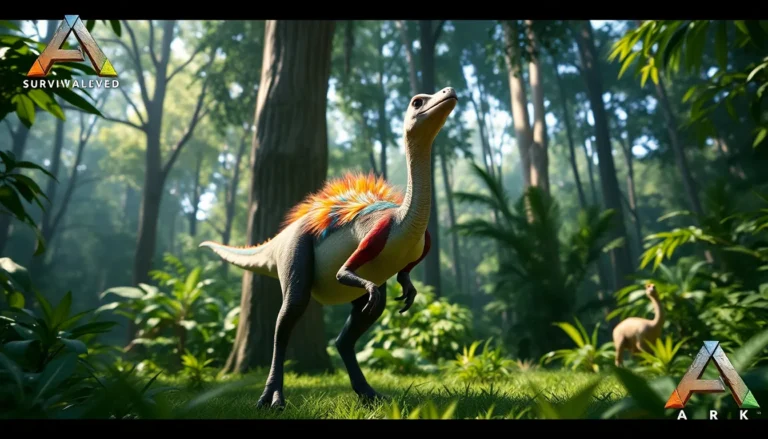In the wild world of Ark: Survival Evolved, hatching a dinosaur egg is like throwing a party and hoping the guest of honor doesn’t eat you. With the right techniques, players can transform those fragile eggs into adorable baby dino companions. But let’s face it—incubating these eggs isn’t as simple as sticking them in a cozy corner and hoping for the best.
Table of Contents
ToggleOverview of Ark Egg Incubation
Ark egg incubation involves creating the ideal environment for dinosaur eggs to hatch. Players must consider temperature, humidity, and light conditions to ensure successful incubation. Maintaining the right temperature between 70°F and 85°F (21°C to 29°C) is crucial for achieving optimal hatching results. Eggs tend to require constant monitoring, as fluctuations in these conditions can lead to failed attempts.
Humidity levels play a significant role in the incubation process. Keeping humidity between 30% and 50% enhances the likelihood of hatching success. Players can adjust humidity by placing eggs in incubators or using water sources nearby. Light exposure also impacts hatching times; some eggs benefit from direct light, while others thrive in dimmed surroundings.
Different species of dinosaurs have specific incubation times. For example, the Triceratops egg typically takes around 3 hours to hatch, while the Tyrannosaurus Rex egg can take over 5 hours. Understanding these timelines helps players plan and prepare for the arrival of their new companions.
Players should also prepare for potential challenges during incubation. Environmental dangers, such as extreme weather conditions and predator threats, can disrupt the incubation process. Constructing a secure area around the eggs enhances safety, while the use of air conditioners can stabilize temperature fluctuations.
Effective egg incubation demands attention and planning. By prioritizing the right temperature, humidity, and protection strategies, players set the stage for a successful hatching experience and the subsequent raising of baby dinosaurs.
The Incubation Process

Incubating dinosaur eggs in Ark: Survival Evolved requires careful planning and execution. Players must pay attention to various factors to ensure a successful hatching.
Gathering Eggs
Players start the process by locating and collecting eggs from different dinosaur species. Each species lays unique eggs in specific locations, often near their nests. Once an egg is found, the player must decide whether to take it immediately or watch over it to delay its natural incubation. After gathering, it’s important to transport the eggs to a secure area, away from threats. Players can stack eggs for convenience, but must separate them based on species for optimal results. Remember, eggs can crack if dropped, so handling them gently is essential.
Ideal Conditions for Incubation
Creating the ideal environment ensures eggs hatch successfully. Temperature plays a vital role; maintaining it between 70°F and 85°F ensures optimal development. Players can utilize incubators for better control, but natural conditions can work with adjustments. Humidity must remain between 30% and 50%, which can be managed via water sources near the eggs or through air conditioners. Different species have specific incubation durations; for example, a Triceratops egg hatches in about 3 hours while a Tyrannosaurus Rex may take over 5 hours. Players must monitor these factors continuously to guarantee healthy baby dinosaurs.
Factors Affecting Egg Hatching
Successful hatching hinges on various critical factors. Managing temperature and humidity plays a pivotal role in this process.
Temperature and Humidity
Temperature significantly influences egg health. Maintaining a range of 70°F to 85°F (21°C to 29°C) ensures optimal conditions. Fluctuations outside this range can lead to unsuccessful hatching. Humidity also bears importance, with levels between 30% and 50% necessary for success. Players can adjust humidity levels by using incubators or placing water sources near the eggs. Constant monitoring guarantees the environment remains stable, maximizing the chances of healthy hatchlings.
Time Factors
Time factors affect the incubation process. Various dinosaur species possess unique incubation times, impacting planning. For example, a Triceratops egg takes approximately 3 hours, while a Tyrannosaurus Rex egg requires over 5 hours. Understanding these durations helps players strategize and prepare for hatching. Anticipating time requirements also aids in maintaining optimal environmental conditions, ensuring hatchlings emerge successfully.
Tips for Successful Incubation
Successful incubation in Ark: Survival Evolved revolves around meticulous management of environmental factors. Players can enhance their hatching success by avoiding common mistakes and following best practices for care.
Common Mistakes to Avoid
Neglecting temperature checks results in egg failure. Egg temperature must stay within 70°F to 85°F. Players frequently overlook humidity levels, which should remain between 30% and 50%. Failing to regulate these factors can jeopardize hatchability. Moving eggs too abruptly can damage them; gentle handling is crucial. Players sometimes forget to monitor incubators regularly. This oversight can lead to significant fluctuations in the environment, affecting embryo development.
Best Practices for Care
Maintaining consistent temperature is vital, with players regularly checking conditions. Utilizing incubators properly helps in regulating heat and humidity. Adding water sources nearby enhances humidity naturally. Collecting eggs from specific nests should occur only when incubation plans are in place. It proves beneficial to monitor different species’ incubation timelines as well.
Planning ahead ensures readiness for the hatching process, maximizing hatchling health. Conducting routine checks allows players to correct any deviations promptly, safeguarding the eggs.
Mastering ark egg incubation is essential for players looking to hatch healthy dinosaurs. By carefully managing temperature and humidity players can significantly increase their chances of success. It’s not just about collecting eggs; it’s about creating the perfect environment for them to thrive.
Understanding the unique needs of each species and avoiding common pitfalls can make a world of difference. With the right preparation and attention to detail players can enjoy the rewarding experience of raising their very own dinosaurs. Embracing these strategies will lead to a more fulfilling journey in Ark: Survival Evolved.









